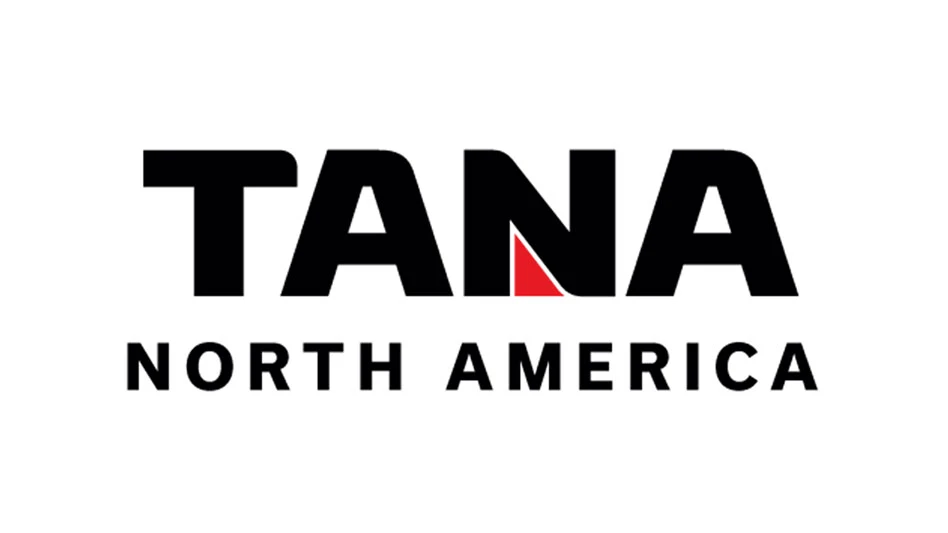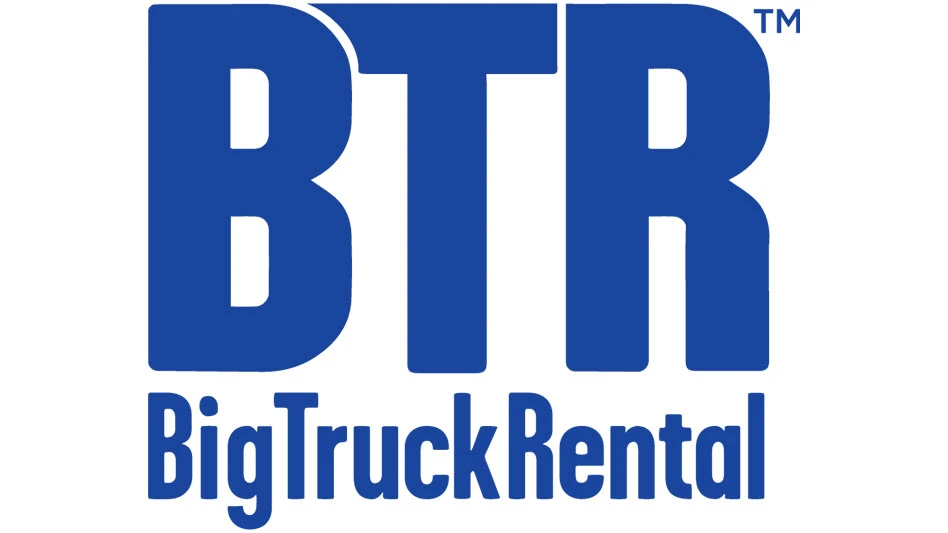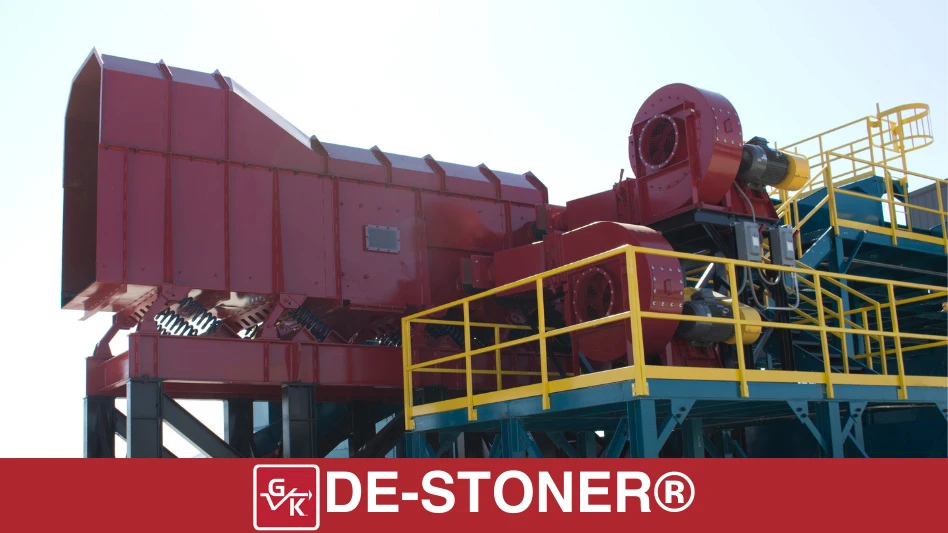
The Southwest region of the United States is seeing a boost in volumes entering construction and demolition (C&D) recycling facilities. Facilities in Arizona are reporting steady increases, but end markets for some materials continue to be a challenge.
Jason Tankersley, CEO of The Fairfax Cos., owner of the Speedway Recycling & Landfill Facility in Tucson, Arizona, notes that the markets are depressed in terms of tipping fees and the ability to move a lot of product, but since the November 2016 election, materials have begun to trickle in.
THE COMEBACK KID
“Things are starting to come back,” he says, adding that the Tucson market has been “several years behind” in the economic recovery. “We are starting to see some fuel prices come up and starting to see some building come up. We’re seeing a lot of demolition materials start to roll in, especially after the election.”
Tankersley also has seen the company’s roll-off business start to pick up. “I am starting to see the light at the end of the tunnel,” he says adding, “And it has been a long, dark tunnel.”
Wood markets in particular are challenging as Tankersley says there is not a fuel market in southern Arizona. Any pressure-treated wood, pressboard or items with glue in them are not easily recyclable. The company has no problem turning clean wood and green waste into mulches and compost, however.
Speedway is the largest landscape waste recycler in southern Arizona and was recently recognized by the U.S. Composting Council (USCC) as Composter of the Year.
Tankersley says diversion rates have improved at his facility as commodities prices start to come back up.
January and February are typically slow months for construction activity, but things usually pick up by March, he says. He had to let 12 of his temporary workers go until late 2016 after the first of the year. He says downtown Tucson is going through a major revitalization and some of the materials that are coming into the facility are what he considers telltale signs that new construction work has been awarded.
Recycling concrete has been a challenge for Speedway, according to Tankersley. He says use of recycled concrete and aggregate have been slow to catch on in southern Arizona. About three years ago, the facility had about 100,000 tons of concrete it was holding and it still has about 65,000 tons sitting on the ground.
“There hasn’t been a need for it with all the native producers,” he says. He adds he is hopeful he will be able to move more of the material in the future.
SHOWING IMPROVEMENT
A little further north in the Grand Canyon State, markets for in-bound concrete is already showing improvement over the last three years since the recession-like economy from 2008 to 2013, according to Jerry Buesing, CEO and owner of Pheonix-based Buesing Corp.
When interviewed for the cover profile for the November-December 2016 issue of Construction & Demolition Recycling (C&DR), he said, “Similarly, the sales market for recycled aggregate has also improved as they are somewhat related to the overall health of the construction industry as a whole.”
He too has experienced competition from both virgin aggregate suppliers and other recycling operations in the area, which has affected unit pricing and the potential for sustainable profit margins.
In Texas, Cherry Cos., reports a consistent concrete consumption from its Houston-area recycling facilities. “Both RAP (recycled asphalt pavement) and RAS (recycled asphalt shingles) has been down until the last quarter. As oil prices climb, our RAP and RAS demand has increased,” says Leonard Cherry, Cherry president.

Metals, which had dipped earlier in 2016, have really been responding in the last six weeks, per Cherry when interviewed in mid-December. “We are ending the year on a high note,” he says.
2016 started out slowly for the recycling and demolition firm due to record rainfalls in the Houston area in the early part of the year. “That delayed or depressed a lot of the work, coupled with the declining markets due to the low oil prices.”
Cherry expects to finish the 2016 fiscal year down between 1.5 to 3 percent. 2017 is looking much for favorable. “We are currently projecting an 8 percent increase,” he says.
He continues, “We have seen strong indicators over the last 90 days of a resurgence from the private sector on multiple fronts both in large demolition projects, large road projects and underground projects.” The upcoming Superbowl in Houston has played a part in some of the activity, notes Cherry.
LEARNING CURVE
In the Dallas area, Paul Kuhar, vice president, Champion Waste & Recycling’s Town & Country Environmental Services (T&CE), says volumes have grown steadily over the course of 2016, just a year after the facility opened.
“We have recently added on two additional roll-off trucks to handle the increased volume,” says Kuhar. “We will continue to push into 2017 and have our sights on opening our second C&D facility later in the year. We will then have a total of three recycling facilities, two C&D and one commercial.”
Unlike the Tucson market, fuel markets are an available outlet for T&CE’s wood debris, among other markets. “Our wood material is currently being used for boiler fuel, playground material, solidification and road base use in certain circumstances. We also produce our own colored mulch on-site, providing material to large landscape outlets,” Kuhar says.
T&CE’s concrete is sorted and hauled for final processing to a concrete recycling facility that makes Texas Department of Transportation (TXDOT) road base.
Being the only C&D recycler in Dallas has its pros and cons, according to Kuhar. “With single-stream construction recycling being so new to this area, there has been a learning curve for contractors, cities and landfills as to what we are doing, what products we are making and finally how landfills can benefit from some of the products we have, especially fines coming from the facility.”
C&D recycling markets in New Mexico and Oklahoma still remain largely underdeveloped based on data C&DR gathered for its 2016 High-Volume Mixed C&D Recycling Facilities list, published in the May/June 2016 issue. Only one facility in Oklahoma, Tulsa-based American Waste Control, was included in the list. No facility in New Mexico was determined to process enough materials to be considered a high-volume facility.

Explore the January 2017 Issue
Check out more from this issue and find your next story to read.
Latest from Construction & Demolition Recycling
- Fleetio integrates Maintenance Shop Network add-in
- C&D World session preview: Key strategies for effective fleet maintenance
- Rotochopper hosts equipment owners at annual training program
- EAF mill underway in California
- On the move
- Viably teams with Turmec on materials processing systems
- Tight supply poised to keep recycled steel prices buoyant
- Untha shredder prepares SRF in the UK





